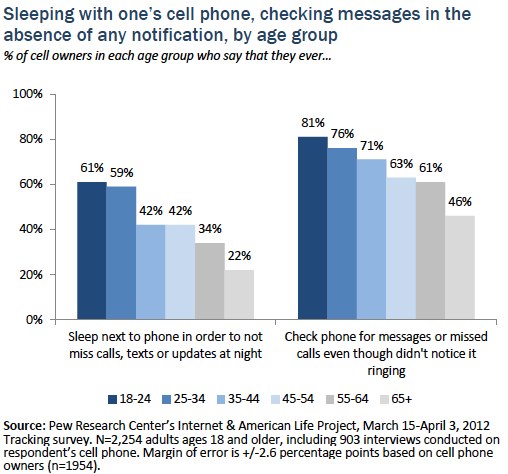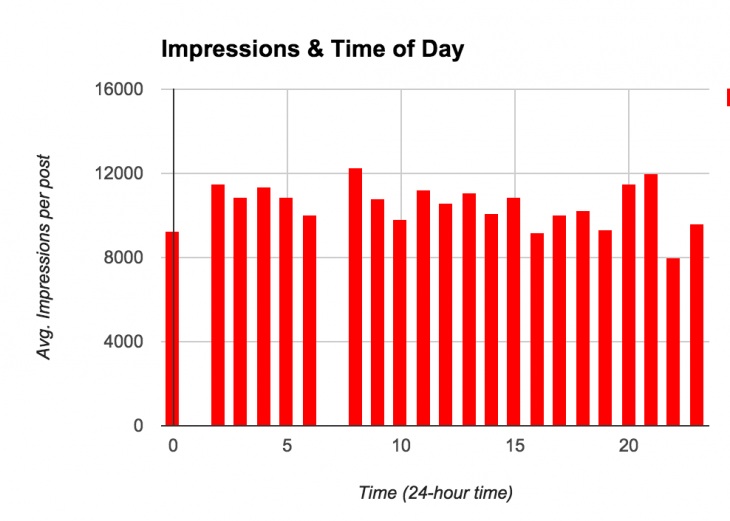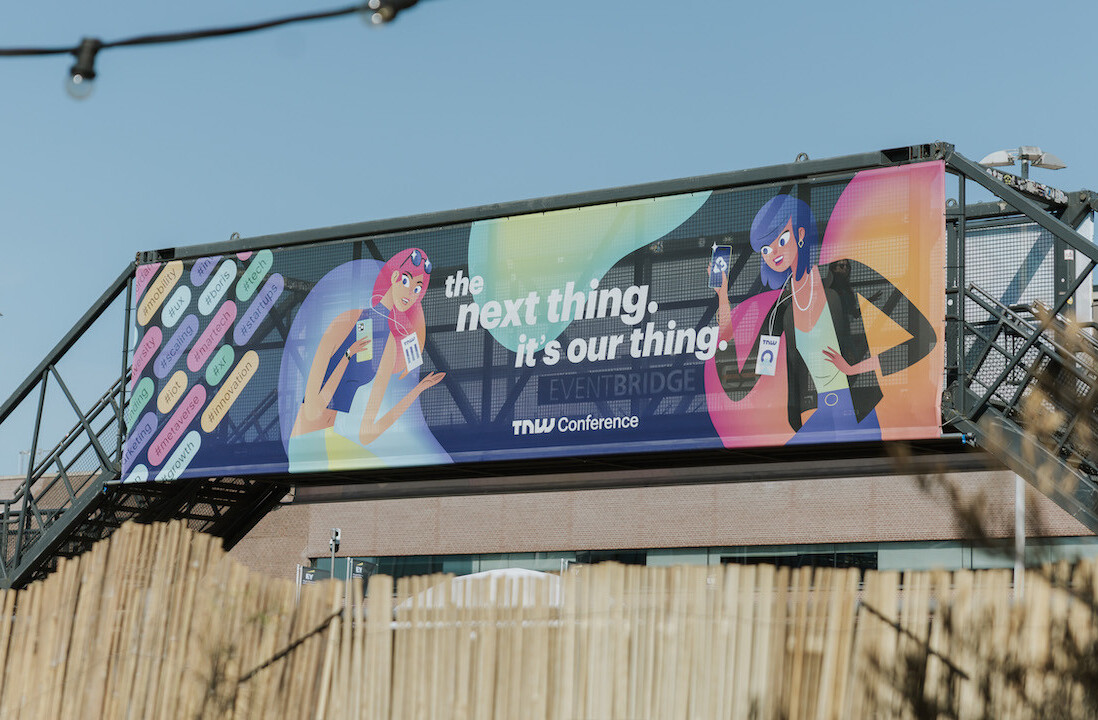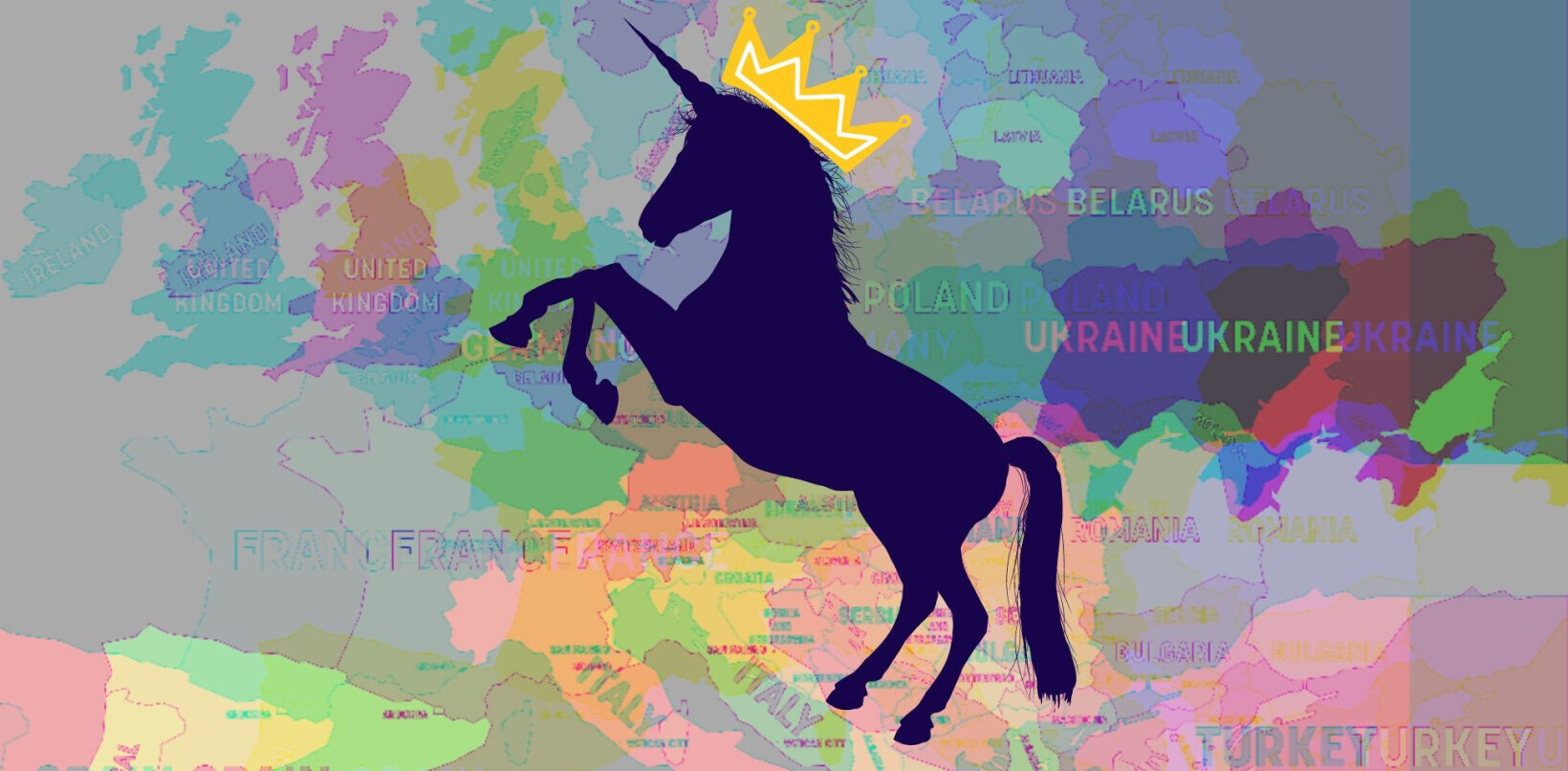
This post originally appeared on the Buffer blog.
Why do you read the updates you read? Why do you browse the products you browse?
There are hidden motivations behind a lot of the actions we take online, especially so with social media. The influence of friends and family has a big impact on what we click, view, share, and like.
Researchers have discovered some specifics behind why friends impact us the way they do. These insights cover the way we interact and reciprocate, the time we spend online, and the buying decisions we make. It’s fascinating to learn, and helpful for marketers to know, too.
Can you adapt some of these takeaways for your social media marketing? Keep reading to see what these studies say and how you might implement them into your strategy.
The unwritten rules of social media friendship
Do our real-world friendship rules and our social media friendship rules match up?
Researchers Erin Bryant and Jennifer Marmo of Arizona State University sought to answer this question in a study they performed on Facebook friendships. In 2012, they conducted six focus groups of college-age students and young adults where they brainstormed the different rules of social media friendship.
They came up with 36 rules. These rules were then evaluated by nearly 600 additional Facebook users (age 18 to 52) who endorsed 13 of the 36 rules.
- I should expect a response from this person if I post on his/her profile.
- I should NOT say anything disrespectful about this person on Facebook.
- I should consider how a post might negatively impact this person’s relationships.
- If I post something that this person deletes, I should not repost it.
- I should communicate with this person outside of Facebook.
- I should present myself positively but honestly to this person.
- I should NOT let Facebook use with this person interfere with getting my work done.
- I should NOT post information on Facebook that this person could later use against me.
- I should use common sense while interacting with this person on Facebook.
- I should consider how a post might negatively impact this person’s career path.
- I should wish this person happy birthday in some way other than Facebook.
- I should protect this person’s image when I post on his/her profile.
- I should NOT read too much into this person’s Facebook motivations.
(A fourteenth rule that just missed the cut: I should be aware the information this person posts about me can have real world consequences.)
An interesting component of the evaluation process is that participants were asked to gauge whether these rules applied to close friendships, casual friends, and acquaintances. This led to a counterintuitive learning on the difference between close friendships and acquaintances.
Facebook rules related to maintaining a relationship, such as saying “happy birthday,” were ranked as most important for acquaintances, but least important for close friends. That’s likely because Facebook is only a portion of any given best-friend relationship, but it may comprise the entirety of an acquaintance relationship, Bryant said.
What this means for marketers
One of the key takeaways from the study was the importance of reciprocity. Rule No. 1 states that people expect responses to their posts, and in the case of social media marketing, this can mean replying to a comment or engaging with an update.
Additionally, the learning of how the rules differ for close friendships, casual friends, and acquaintances could have an impact for marketers. Here’s how the study defined each of these categories:
- Close friends were defined as someone the student would consider a best friend
- Casual friends were defined as a person they would hang out with offline but not consider close
- Acquaintances were people the person had met but did not regularly interact with
For marketers, a page’s fans will likely fall into the acquaintances category. And the study found that rule related to maintaining a relationship were paramount for this group—things like taking an interest in a user’s milestones, replying to updates/comments, and sharing updates that are respectful and positive.
Friends keep us connected—at all times of day and night
Six in ten cell owners between the ages of 18 and 34 say that they have slept next to their phone so as not to miss any calls, texts, or other updates during the night
Is this true for you, too?
The stats come from a 2012 Pew research study on cell phone attachment, and the results speak to our dependence on maintaining friendships and to our constant use of social media. When a friend has something to say, we want to hear it—seemingly at any time of day.
Another layer that came from this survey is that we are more likely to hear from others that we don’t check our phone often enough rather than hear that we check it too often.
- 39 percent of cell owners say that people they know have complained that they don’t respond promptly to phone calls or text messages.
- 33 percent say that people they know have complained that they don’t check their cell phone frequently enough.
- 12 percent of cell owners say that people they know tell them that they spend too much time using their cell phone.
Not only are we feeling the need to be connected at all times, we may also feel social pressure to do so.
What this means for marketers
We’ve discussed the ideal times to send your updates. Interestingly, many of them are during non-peak hours. This Pew research could help explain why.
At the very least, the takeaways from these numbers on how we’re constantly connected point to the fact that whenever we post to Facebook, Twitter, LinkedIn, and Google+, people will be online. That’s why it’s important to test updates at all times of day to see what your ideal timing could be.
For instance, when we looked at the Twitter times for our Buffer posts, we found several spikes not just during the day but also in the evening.
How friendship impacts your buying decisions
Pacific Standard has a great recap of an interesting phenomena noted by researchers at Oxford, Harvard, and the University of Limerick. Here’s the phenomenon:
Say you’re deciding between downloading FarmVille 2 and Candy Crush Saga. Are you more likely to buy the game you’ve researched and read good reviews about, or are you prone to picking the one you know your friends have already purchased? Even if you think you’d stay objective and insusceptible to peer influence, you’d probably go with what your friends already have.
The study looked at the purchase of Facebook apps, using Facebook data from 2007. At the time, users were presented with two kinds of information to help inform their purchase:
- “Cumulative information,” i.e. a bestsellers list
- “Recent activity information,” i.e. the apps their friends had recently installed
Essentially, the decision on whether or not to buy meant that you could trust your research and the good reviews or you could go with the games your friends had.
The study concluded that friendship trumps research.
The researchers noted that the friendship effect can lead to an exponential increase in popularity, much in the same way that a popular app on the App Store will gain more popularity because it is popular. Here’s how the researc
Community members randomly copy the choices made by other members in the recent past so that products whose popularity levels have recently grown the fastest are the most likely to be selected, whether or not they are the most popular overall.
What this means for marketers
Even if you’re not in the business of creating e-commerce options for Facebook users, you can find a bit of value in this advice.
Take social proof, for instance. If you’re hoping to convince a visitor to take an action, showing the support of hundreds or thousands of “likes” can help. Same with testimonies from people that others may know.
Facebook takes this element to another level in the way that they promote the Like box on their own site and in widgets on other sites. When showing who else likes a certain page, you will see avatars of your friends who have liked the page, theoretically boosting your view of the page and increasing the chance you’ll like it, too.
Caring > Sharing
Much has been made about social media’s effect on friendships, good and bad. Here’s an interesting study that strikes a blow for the good: We build closer friendships by interacting directly with one another on social media.
When we message each other, scroll through each other’s timelines, and like each other’s posts, we add value to the friendship, and we feel closer to one another, according to Western Illinois University professor Bree McEwan. She surveyed a group of young adults on how it felt to see certain action on Facebook—e.g., posting on a friend’s wall or commenting on a profile.
The actions fell into one of two categories:
- Caring – “messages showing care for and interaction with one’s friend”
- Sharing – “items related to the self-disclosure functions of relational maintenance”
McEwan concluded that caring helps build relationships. Sharing might turn people off.
Individuals who share frequently without being responsive to their Facebook connections may risk aggravating these friends.
Individuals who show caring and responsiveness to their friends may find that an SNS provides a convenient way to help keep a friendship satisfying and close.
What this means for marketers
Building a good relationship on social media is a two-way street.
You must 1) publish useful or entertaining content and 2) you must respond to and engage with your audience.
If you view social media marketing as an opportunity to build relationships, then one-sided sharing is not going to endear your brand or company to your audience. Caring will. As McEwan concluded in her study, there is a “satisfying” element to social media that has a caring, responsive attitude.
Conclusion
Friends have a big impact on the way that we use social media—from unwritten rules to buying decisions and so much more. Studies like these can be illuminating for how we use social media as individuals and how marketers can best care and share on social media.
Do you feel that the conclusions from these studies are true of the way that you use social media? How might you put these learnings to use in your social media marketing?
It’d be awesome to hear from you in the comments!
Read next: How to win friends and influence your audience: 10 theories to know for greater persuasion
Get the TNW newsletter
Get the most important tech news in your inbox each week.







